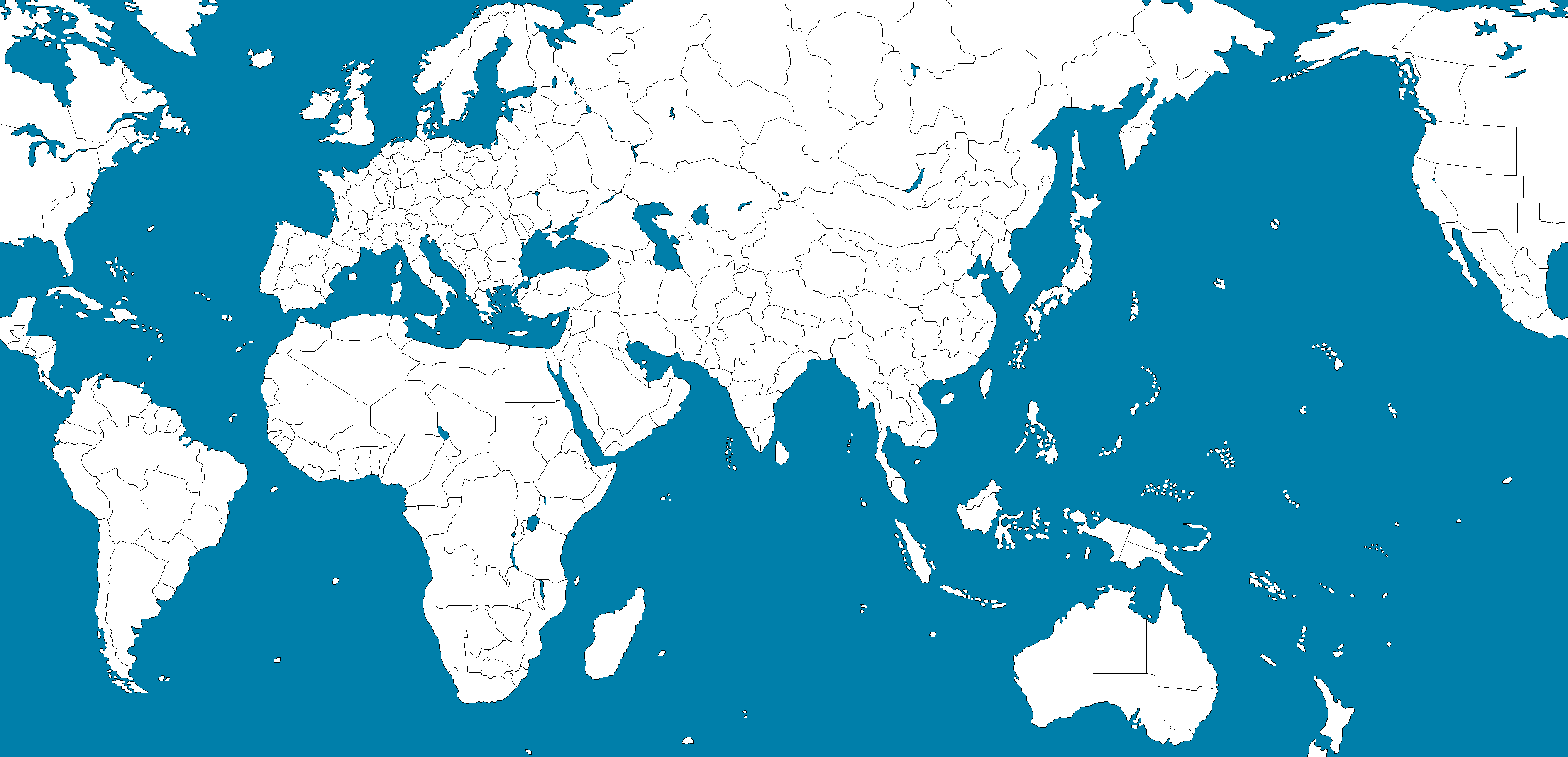Hey Young Grasshopper,
Can you say a few words about why you’re writing these house rules, who they’re for, or what you hope to accomplish with them? Hard to offer comments in a vacuum.
Because there are no neutral victory cities in Anniversary, I’m not sure your VP system changes anything beyond just counting up each victory city as one point. Any time I take a city, that means you lost a city, and vice versa. Normally, when I take a city, I gain +1 VP and you lose -1 VP, so the total VP swing per city is 2 points. Under your system, when I take a city, I gain +2 VP and you lose -1 VP, so the total VP swing per city is 3 points.
That’s it – you’re changing the swing from 2 points to 3 points, but it’s not like you can conquer half a victory city, so it really doesn’t matter if the swing per victory city is 2 points or 3 points or 50 points. I’m pretty sure it all works out the same in the end. No? I imagine you’re trying to reward players for being aggressive/proactive, but I don’t think your rule actually accomplishes that.
Also, to echo Baron Munchhausen’s concern, I don’t like the idea of allowing intercepts against bombers that only deal 1d6 damage, because then it virtually never makes sense to launch a bombing raid. It really doesn’t pay to launch more than 2 bombers against the same factory (you wind up wasting some of their power because the damage gets maxed out, but you still risk losing them to flak). So if I can defend my home factory with 2 or more fighters (really not that hard) then there is no point in bombing anything – between the 2 pips on the fighter and the 1 pip on the AAA gun, you have almost a 50% chance of losing your bomber on each run. 50% chance of dealing 3.5 damage vs. 50% chance of losing a 12 IPC bomber is a terrible trade-off. Sure, you could escort your bomber with fighters – but nobody in Anniversary has that kind of air power to spare. If you can spare 4 planes for a mediocre bombing raid, you should be using them to take territories. Just my two cents. If you’re going to import the interceptor rules, I’d like to see some kind of buff to the bombers.










